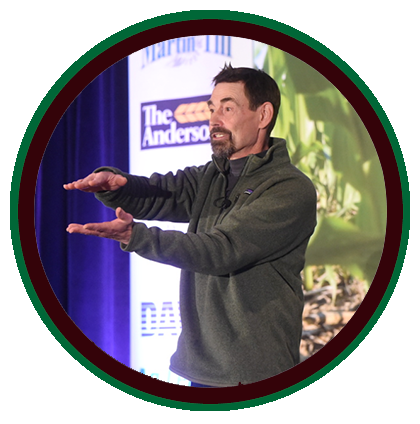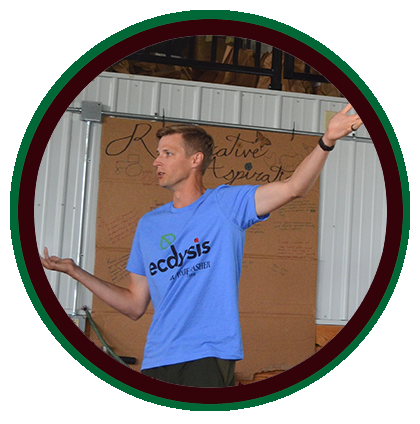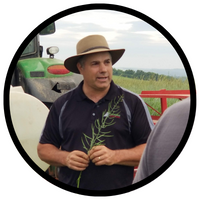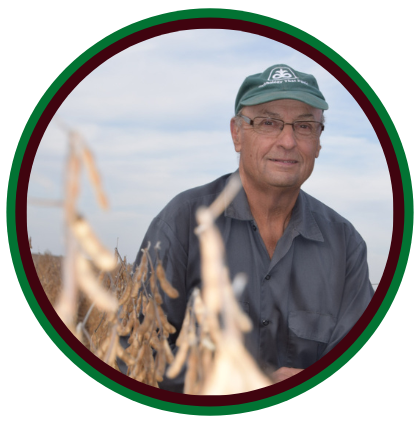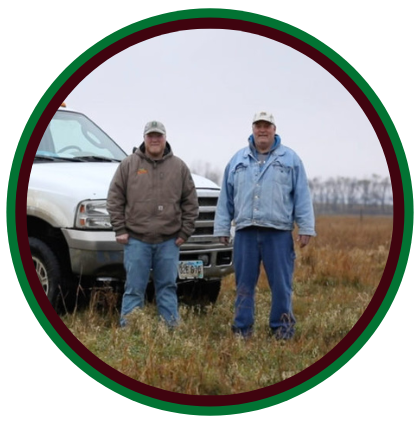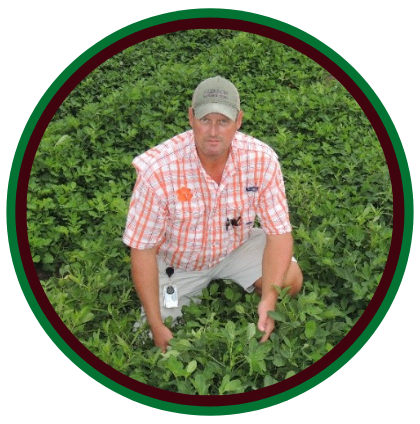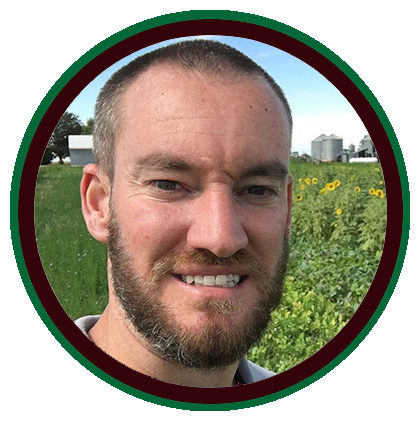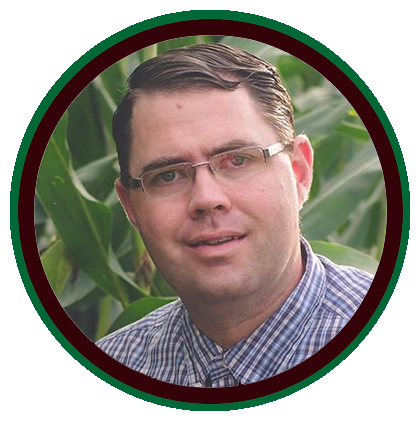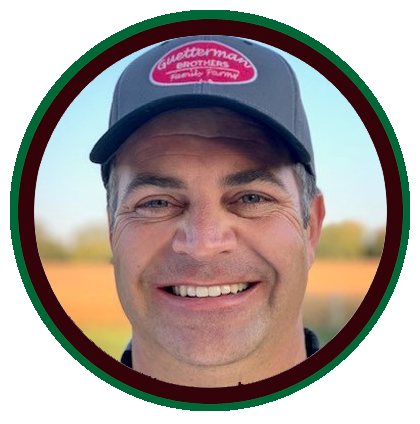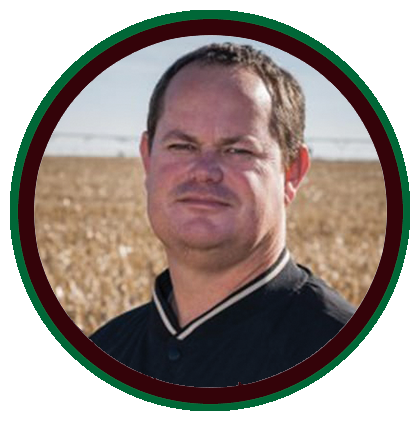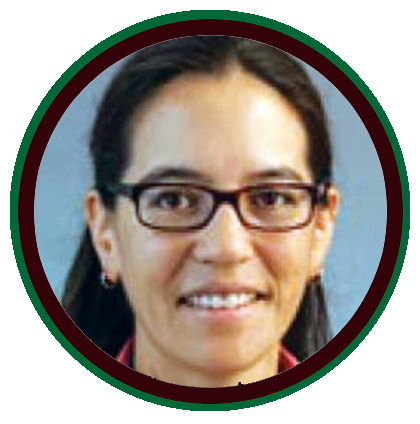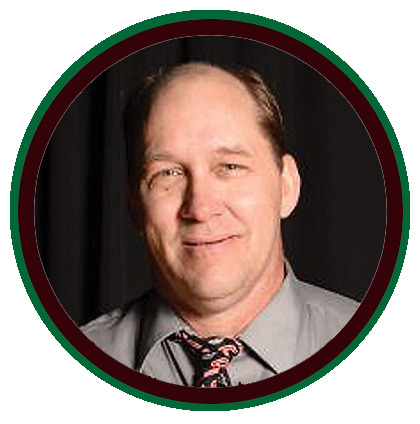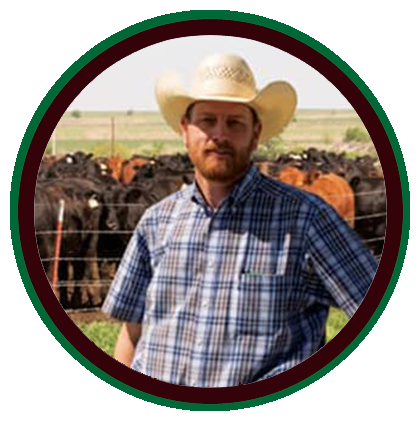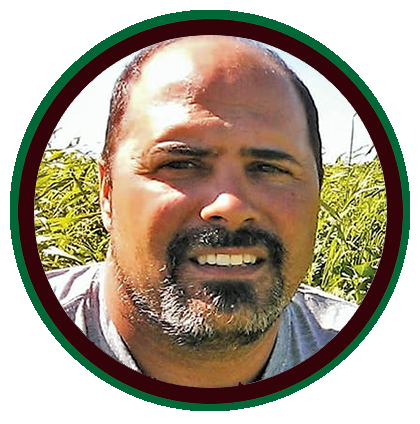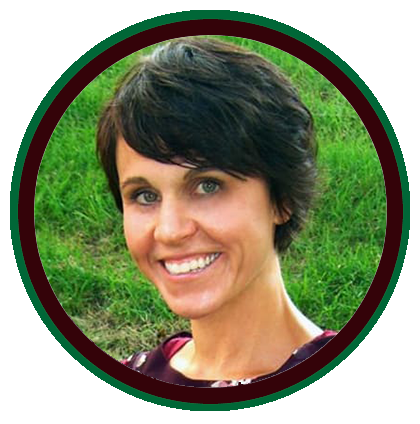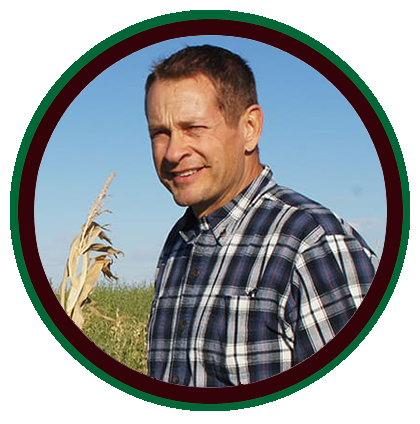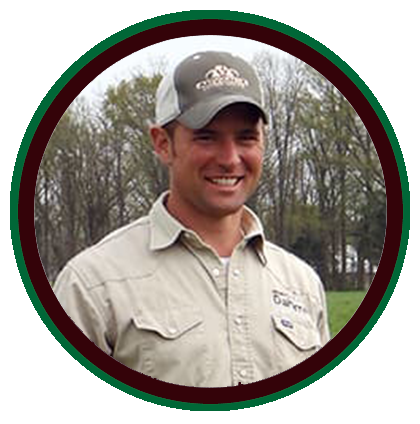NATIONAL COVER CROP SUMMIT VIDEO VAULT PREVIEW

Upgrade to an All-Access Pass for just $49 to receive 40+ bonus sessions featured below from past National Cover Crop Summits. View these inspiring sessions PLUS each of the 2023 Summit sessions at your own convenience for an extended 12-month period with your All-Access Pass. It's like the Netflix for Cover Croppers!
2023 National Cover Crop Summit Session Replays
Crowd-Sourced Cover Crop Best Practices: 4th Annual Cover Crop Benchmark Study ResultsLoran Steinlage
 In this panel discussion, Cover Crop Strategies managing editor Michaela Paukner and West Union, Iowa, farmer Loran Steinlage will give you a first look at the results of the 4th annual Cover Crop Benchmark Study, a nationwide survey of hundreds of growers using cover crops, and talk through key takeaways for successfully using cover crops.
|
Beat Glyphosate-Resistant
|
How to Turn Tillage Equipment
|
Must-Know Management Tips
|
Finding the Right Mix: How to Get
|
2023 Cover
|
Farmer-to-Farmer Panel:
| |
2022 National Cover Crop Summit Session Replays
Crop Management Options for Cover CropsLoran Steinlage
 Keeping cover crops in check between wide row cash crops can be challenging. Award-winning no-tiller Loran Steinlage, West Union, Iowa, will share what technology is coming to manage cover crops between rows, cover crop management tips, and more.
|
Tips for Experienced Cover Crop GrowersDavid Brandt
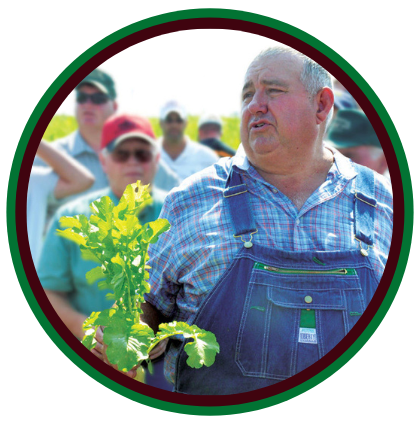 If you've been using cover crops for a while and want to improve your cover crop game, veteran cover crop grower David Brandt, Carroll, Ohio, has some tips for you on how to take your cover crop use to the next level. Brandt will discuss common cover crop challenges and how to overcome them, the benefits of long-term cover crop use, and much more. |
Making the Economics of Cover
|
Proof is in the Percentages with
|
Successful Aerial Seeding of Cover CropsDean Sponheim
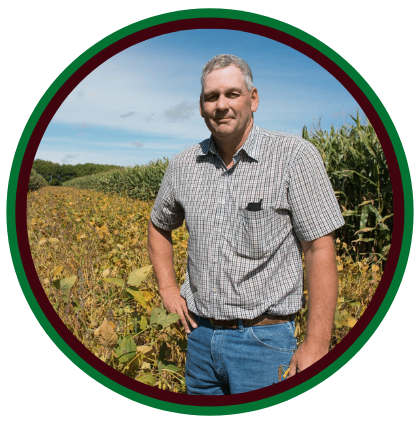 Aerial seeding of covers is not the first method that many growers think of when planning to seed covers. Iowa no-tiller Dean Sponheim discusses how to deal with common challenges when aerial seeding covers, recommended establishment rates for aerial seeding, which cover crop species do the best when aerial seeded, and more.
|
Taking Cover Crop Full Circle:
|
Improving Cattle Performance by Grazing Cover CropsMacauley Kincaid
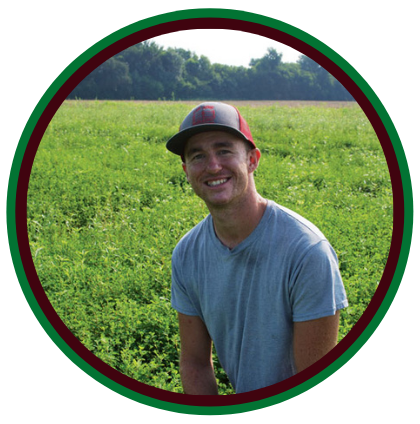 Missouri grower Macauley "Mac" Kincaid utilizes cover crops to graze his cattle nearly year-round. He's also built business relationships with other local cattle producers to secure grazing leases as an additional source of income for his no-till operation, where he grows corn, soybeans, wheat, and other cash crops. Kincaid's 880-acre farm is 100% cover cropped with multispecies covers.
|
Getting the Nuts & Bolts Right When Seeding CoversAndrew Frankenfield
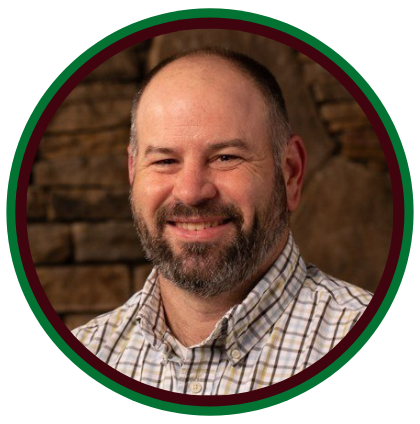 Seeding cover crops is something that needs to be planned ahead--not an afterthought. Andrew Frankenfield, an Agronomy Extension Educator with Penn State University, discusses multiple aspects of seeding cover crops, including when various cover crop species should be seeded in late summer/fall, recommended seeding rates for popular cover crop species, how to go about selecting cover crop species to incorporate into a mix, and more. |
Using Cover Crops in an IPM to
|
Maximizing Covers in Vegetable &
|
Best Practices for Cover Crop
|
When is a Cover CropNot a Cover Crop?Roy Pfaltzgraff
 Roy Pfaltzgraff, a grower in arid Haxtun, Colo., explores the success and challenges going to continuous cropping with 16” average precipitation. Pfaltzgraff has integrated 14+ crops, resulting in reduced herbicide and fertilizer use, while increasing profitability and reducing risk. |
2021 National Cover Crop Summit Session Replays
Establishing Cover Crops & Achieving Adequate BiomassMark Licht
 Licht will discuss cover crop establishment and what that means for fall and spring cover crop biomass. Find out which cover crop species can help your operation establish excellent cover crop stands and grow substantial quantities of biomass.
|
Improving the Soil Down in the Deep South with Cover CropsMarty Earnest
 Louisiana grower Marty Earnest will share how he's been able to invigorate soil on his corn/soybean operation through a combination of no-till and cover crops, increasing soil organic matter, decreasing soil erosion and improving microbial life in the soil. He's also been able to reduce his input costs to better weather volatile cash crop markets. |
Lessons in Continuous Cover CroppingMike Brocksmith
 Mike Brocksmith, Vincennes, Ind., has used conservation tillage for more than 30 years. He will share the changes he's seen on his farm since beginning to use covers in 2009, including changes to the soil and nutrient levels. Brocksmith will also discuss how he's implemented continuous cover crops on his operation.
|
Managing Cover Crop PestsScott Graham
 Graham will discuss which pests are particularly problematic both above and below the soil for various cash crops, including corn, soybeans, cotton and wheat; which cover crop species can help mitigate problems with different types of pests; and the impact of cover crops on nematodes. |
Planting Fall Cover Crops While Managing Late Emerging WeedsGregg Johnson
 Johnson will discuss how cover crops can be used as a management tool and how covers can help growers combat late-emerging weeds such as waterhemp.
|
Profitably Grazing Cattle on Cover CropsCJ Blew &
  Kansas cattleman CJ Blew will share how his 24,000-acre cow-calf operation has incorporated grazing cover crops into their fifth-generation cattle ranch, located near Castleton, Kan. Blew will discuss how the operation selects cover crop species for grazing and how cattle performance and health has improved since making the switch from 3,000 acres of irrigated cropland and dryland to grazing cover crops.
|
Growers Share Their Experiences with Cover Crops & Soil HealthJim Denys, Dean Jackson & Lucinda Stuenkel    In this panel discussion, hear from growers who have had success in improving their soil health, thanks to cover crops. You'll hear from Jim Denys, Parkhill, Ontario, Dean Jackson, Columbia Crossroads, Penn., and Lucinda Stuenkel, Palmer, Kans.
| |
Preventing Herbicide Residual
|
Breaking Pest Cycles with Full
|
Maximizing the Potential Soil Health
|
Optimizing Cover Crops with
|
Preserving Water & Soil Quality
|
The Economics of Utilizing Cover Crops
|
Maximize Livestock Feed Resources with
|
Three Steps to a Growing Revolution:
|
A Balancing Act: Carbon to Nitrogen
|
Using Cover Crops to Build Your
|
Cover Crops & Cows: A Common
|
Part 1: Successful Integration of Multispecies
|
2020 National Cover Crop Summit Session Replays
It's Not Too Late for Frost SeedingSjoerd Duiker
 Although many growers may consider the “ideal” time to plant cover crops is immediately after harvest, having snow on the ground is not a reason to give up on utilizing the benefits cover crops can offer. This is where frost seeding comes into play as a cover crop seeding method.
|
Improving Soil Health Through Diverse
|
Aerial Seeding Can Be An Effective
|
Spice Up Corn & Soybeans
|
Cover Crops Work for Dairies, TooDavid Trimner
 Dairy operations typically have one primary goal: make as much milk as possible, since that is the product they are paid for. Miltrim Farms, a dairy based in Athens, Wis., seeks to not just produce large quantities of milk, but also to be good environmental stewards of the land and water.
|
Integrating Livestock with a
|
Using Cover Crops, Better Soil Biology to
|
Increasing Organic Matter Through
|
Breathing New Life Into Your Semi-Arid
|
Making the Transition: Gradually Building
|
Adopting a ‘2020 Mindset’ with Perennial
|
Weed and Pest Management Considerations
|
Do Cover Crops Really Pay Off?
|
Leveraging Cover Crops as a Feed SourceNick Jorgensen
 Nick Jorgensen, Ideal, S.D., uses native grass cover crops as part of the feeding program for Jorgensen Land & Cattle’s cow/calf and bull development operation. The fourth-generation farm and ranch has farmed 12,000 non-irrigated, no-till acres since the early 1990s, placing a strong emphasis on soil health and sustainability throughout their production system.
|
2019 National Cover Crop Summit Replays
Improving Farm and Feedlot Soil Health
|
Integrating Timely Interseeding of Cover
|
Examining Cover Crop Benefits in Continuous Wheat and
|
A 360-Degree Perspective on How Cover Crops
|
Rolling Cover Crops Successfully in
|
Succeeding with Aerially Seeded Cover Crops — Even in Spring!Damon Reabe
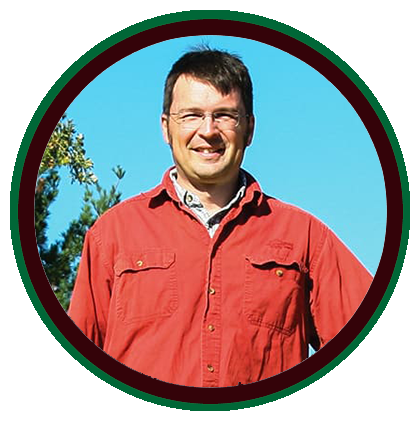 Many no-tillers complain aerially seeded cover crops result in poor stands. But Damon Reabe has spent the last 7 years studying stand failures and says there are some strategies no-tillers can employ to dramatically increase the chances of getting better stands.
|
Realizing the Potential of Alternative Row
|
Plan Ahead: Will My Herbicide Program
|
Turning ‘Educational Experiences’ into Successes
|
5 Mindsets that Successful Cover Croppers Have in CommonSteve Groff
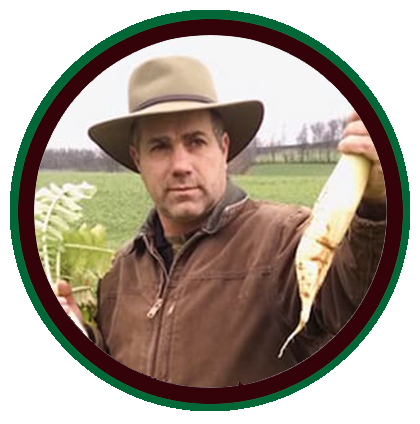 Making that final decision to adopt cover crops on a farm isn’t an easy one, but it’s a little easier for growers if they start with the right mindset at the beginning.
|
Innovative Methods and Tips for Getting
| |
QUESTIONS ABOUT THE NATIONAL COVER CROP SUMMIT?
For general conference inquiries contact Cover Crop Strategies
by phone at (866) 839-8455 or (262) 432-0388;
by fax at (262) 786-5564;
or by email at info@covercropstrategies.com
To learn about sponsorship opportunities contact Michael Ellis
at (262) 777-2432 or mellis@lessitermedia.com
| A |
 |
EVENT |

